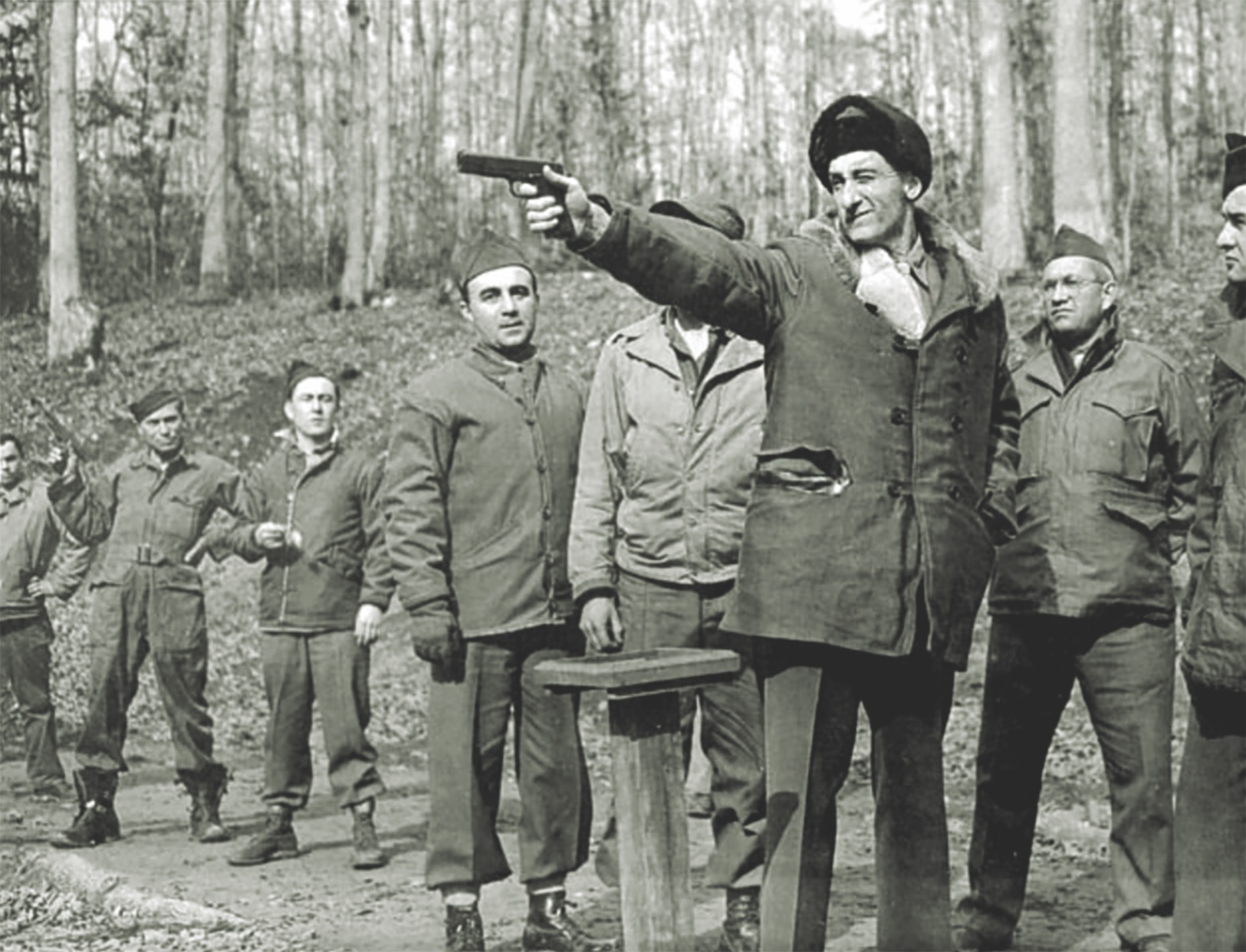FOR THREE YEARS DURING WORLD WAR II, men roamed the woods of Prince William Forest Park near Triangle, Virginia, with demolition charges, sidestepping booby traps on their nighttime sabotage raids. The fields and streams served as a stand-in for the countryside of Germany, China, and Burma, where the men would eventually see real combat. They were the new recruits for the Office of Strategic Services (OSS), itself a new venture blazing the trail of American espionage.
Today the park’s rolling woods are a peaceful retreat for hikers like me trying to escape the bustle of Washington, D.C., which lies only 35 miles to the northeast and seems to expand in intensity and geographic size every year.
My cellphone signal cutting out is the only indicator I’m getting closer as I race down Interstate 95 and catch sight of the exit sign. As I pull into the park’s parking lot on this Saturday in September, the picnic tables surrounding the visitor center are already full of families and day trippers enjoying what might be the last warm weather for a while. But it’s easy for me to slip into isolation on the 37 miles of trails, which were first laid out by the Civilian Conservation Corps in the 1930s.
The park’s natural appeal is becoming more well-known; rangers report hitting record visitor numbers on weekends. However, even most locals don’t know that this bucolic retreat played a pivotal role in the early development of U.S. special operations.
During World War II, many of the same features that now beckon outdoor enthusiasts attracted the attention of the OSS as it looked to build its first training camps. There was already a preliminary training site in Quebec, Canada; however, the OSS needed a camp within driving distance of the capital that could focus on what we now call special operations. Nearly all of America’s wartime special ops agents trained at Prince William or its sister camp at Camp David, Maryland.
The OSS, the forerunner of the CIA, was founded by William Donovan, a World War I hero at the forefront of developing an American espionage system and rejecting the country’s long-held distaste for what it viewed as the “dirty tricks” of spying. There had been spies in past wars, of course, but American intelligence services were decades behind those in European countries.
Donovan began seriously drafting his plans for training spies in the days after Pearl Harbor. On June 13, 1942, President Franklin D. Roosevelt authorized the establishment of the OSS to collect intelligence and conduct espionage. The quiet forests and sleeping cabins, classrooms, and dining halls of the Chopawamsic Recreational Demonstration Area, as the park was then known—which served low-income summer campers from the city during the Depression—had already caught Donovan’s eye. The Marine Corps Base Quantico was right next door, which would lead to tensions with Marines who also wanted to take advantage of the forest’s seclusion.
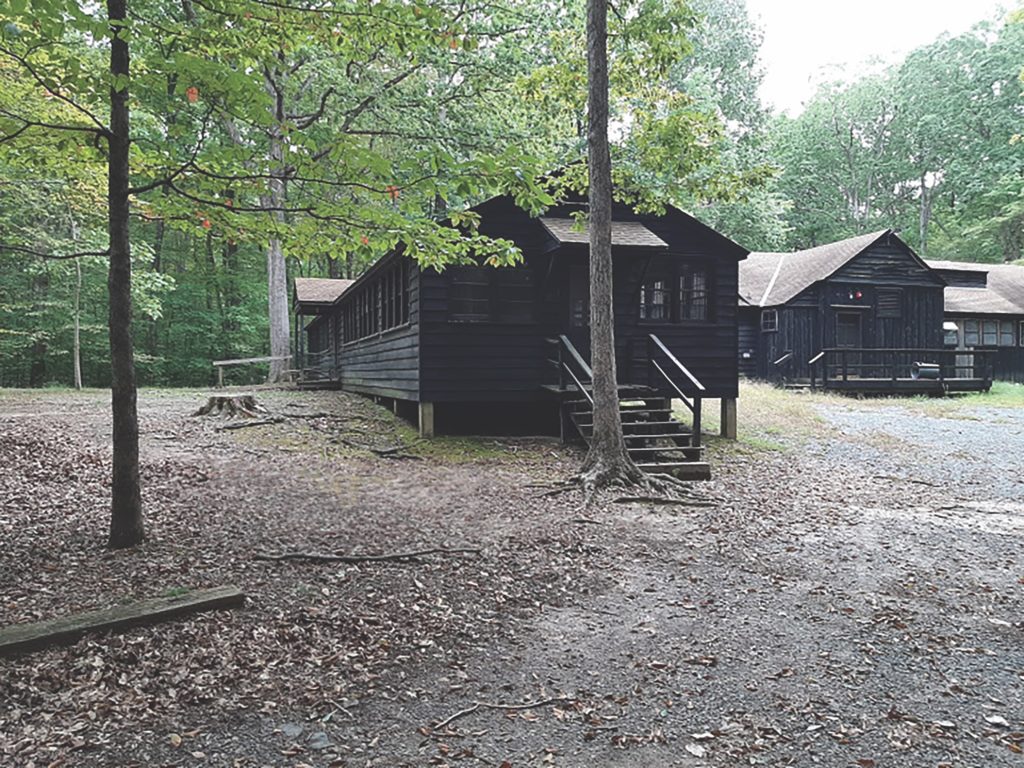
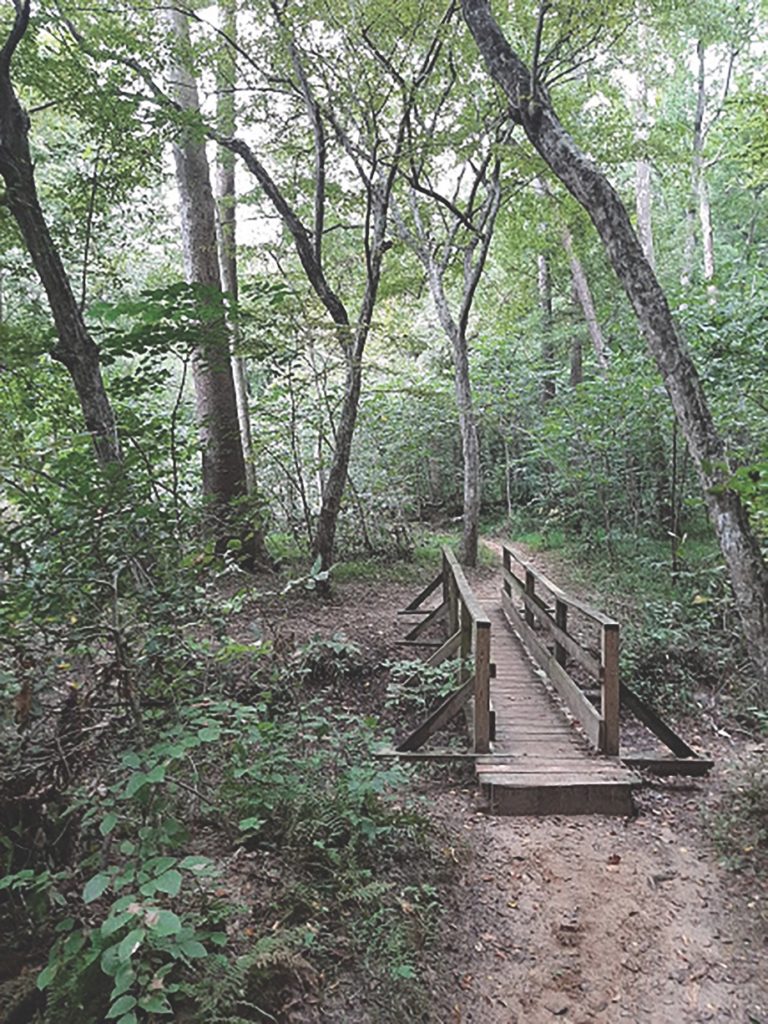
The OSS camp was divided between Area A and Area C. Area A, in the park’s northern part, provided advanced training for members of Special Operations and Morale Operations. These more experienced recruits would infiltrate behind enemy lines to conduct combat and guerrilla campaigns. Area C was focused on training communications officers and radio operators—the lifeline of any mission behind the lines.
Training to become an OSS officer was neither easy nor conventional. But neither were the recruits. Prioritizing intelligence over all else, Donovan enlisted everyone from mathematicians to ornithologists, journalists, and circus performers. “I’d put Stalin on the payroll if I thought it would help defeat Hitler,” he once stated.
Donovan wanted out-of-the-box thinkers, creative people with a wide range of skills not often found in the military. Often his gambles paid off, but this approach also created a need for rigorous and wide-reaching training. Some agents had never even held a gun before.
This raw talent entered a sort of spy boot camp at Prince William Forest Park. Candidates wore green army fatigues with no rank and underwent personality tests. Courses at the camp included weapons, sabotage, psychological warfare, basic and advanced ciphers, and German propaganda. More than 1,500 communications personnel at Area C attended two- to three-month technical classes in telegraphy, shortwave radio, and coding.
Within Area A there were purpose-built “problem houses,” where trainees practiced dismantling booby traps and performing message drops. The “Mystery House,” or “Little Tokyo” as it was also known, comprised a maze of very dimly lit halls, which the recruits had to navigate while others fired guns toward them. Among the specific skills trainees learned was how to choose which German staff officer to shoot first if they burst into a room full of them.
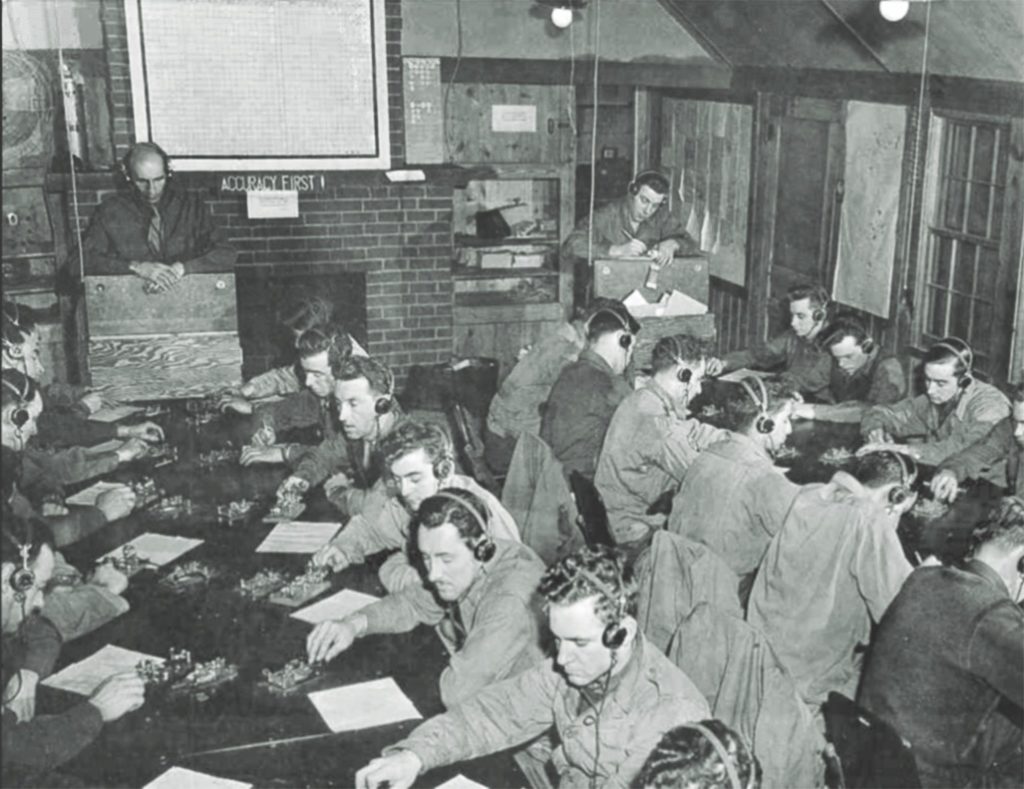
These OSS-built structures no longer exist. While the cabins of the old summer camp used by the OSS still stand, all that remains today of the agency’s footprint is a dining hall expansion, a few storage buildings, and the occasional bullet found by a sharp-eyed hiker.
The trails I’m hiking through today in the early autumn woods are ridged by previous visitors’ fresh sneaker prints. These dirt paths would have been just as well-trod when the OSS was here: nearly 5,500 men received training at the camps in Virginia and Maryland from 1942 to 1945. (The OSS was known for hiring women, but they didn’t train at Prince William Forest Park.) I find the shade of the mature oak and hickory trees to be a welcome break from the early afternoon sun, but they would have been more prized as useful cover by trainees during map reading exercises and practice drills as they prepared to be dropped in a matter of months—sometimes weeks—into enemy territory.
Winding, tree-lined creeks and lakes, their footbridges now populated by anglers lazily watching their bobbers, were used for seaborne landings, river crossings, and sinking ship evacuations. The OSS later developed a parachute school; candidates boarded planes at nearby Quantico and were dropped into forest clearings.
The OSS campsites, five in all, branch off a central circular road. Access is by request only. A park ranger leads me down a long, unpaved road, at the end of which we park our cars and wander the gravel paths around what was once Area C. The small, rectangular guard building and a cluster of picturesque one-story cabins, all with matching weathered dark wood clapboard and shingled roofs, remain mostly unchanged in appearance from the black-and-white photographs I’ve seen.
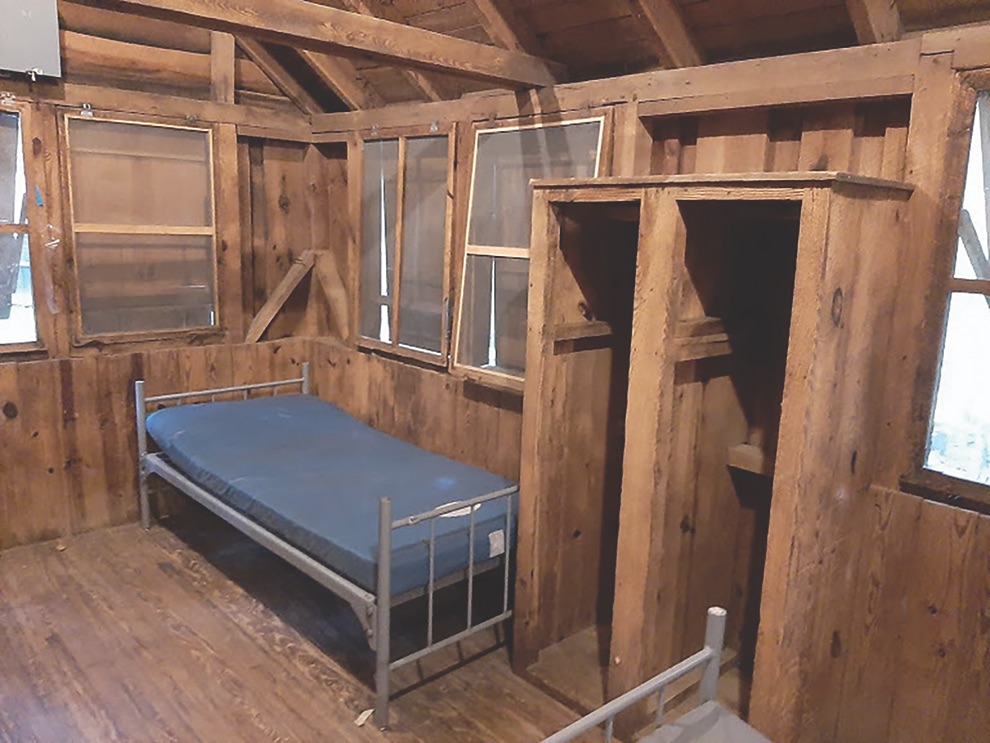
The cabins still serve campers of all ages, including, appropriately enough, a spy camp for kids. Though on the day of my visit, they contain a scattering of cobwebs and dead leaves from their lack of recent use because of the pandemic; pervading the place is the eeriness that always accompanies empty structures intended for large gatherings.
Stepping inside the classroom cabins, I don’t find them all that spacious, but they once held up to 40 men sitting shoulder to shoulder down long tables. The sleeping quarters are lined with austere metal beds for present-day campers that the trainees would likely recognize.
While the buildings today have nearly all modern amenities, at the war’s outbreak they had only been designed for warm weather. Trainees soon discovered the discomfort of their drafty accommodations as the autumn of 1942 progressed. The OSS installed insulation, Franklin stoves, and hot-water showers to improve conditions. The kitchen and dining hall were expanded and furnished with new electrical cooking equipment. Firing ranges were created, as well as an obstacle course.
We cross the gravel road to take in the large theater and recreation hall already present by the time the OSS arrived in 1942. The agency used this space for films, sports, and indoor assemblies, like the time General Donovan came to speak to the trainees. The building’s interior has been renovated, and I circle its wide polished wooden floor to take in the framed World War II posters that line its high walls. The ranger tells me about the 75th- anniversary celebration of the founding of the OSS that took place here in 2017, when several OSS veterans returned to their old stomping grounds.
The elaborate training camp had been thrown together nearly overnight. But just as quickly as the OSS came, they left. The agency was dissolved on September 20, 1945. Many OSS agents were absorbed into the State Department; others went on to join the CIA. Training-specific structures at Prince William Forest Park were quickly bulldozed to preserve the agency’s secrecy. Documents revealing the park’s wartime role weren’t released to the public until the 1990s.
As I drive out of this quiet oasis and enter back into the flurry of the surrounding web of highways, billboards, and construction, I hope this area’s history isn’t swallowed up like so much else has been in the face of the region’s breakneck development. In this case, it’s not just the forest’s natural features that need to be preserved, but the legacy of the historic work done here by a group that deserves to be remembered. ✯
WHEN YOU GO
Prince William Forest Park is a little over an hour’s drive from Dulles International Airport, which is served by all major airlines. The park is a 45-minute drive southwest of Washington, D.C., and a little over an hour north of Richmond, Virginia. Bring water and wear walking shoes. The park opens daily from sunrise to sunset. Admission is $20 per vehicle and is valid for seven days.
Where to Stay and Eat
Due to the park’s proximity to Quantico, there are several budget hotels in the immediate area, including Courtyard by Marriott and Ramada by Wyndham. Nearby restaurants include Harold & Cathy’s Dumfries Cafe, El Tucan Restaurant, and local favorite Montclair Family Restaurant.
What Else to See and Do
Prince William Forest Park makes a great day trip from Washington, D.C. If you want to make it a weekend, the National Museum of the Marine Corps is well worth a visit, with exhibits covering all of America’s wars and a special children’s gallery. The museum is temporarily closed due to the pandemic, but standard hours are 9 a.m. to 5 p.m. daily. The nearby Quantico National Cemetery is open to the public every day from sunrise to sunset. ✯
This article was published in the February 2021 issue of World War II.

